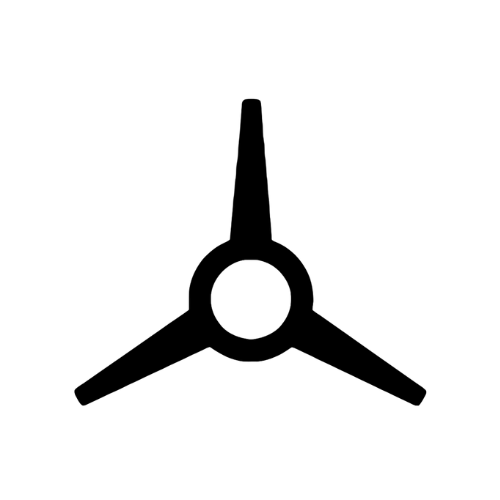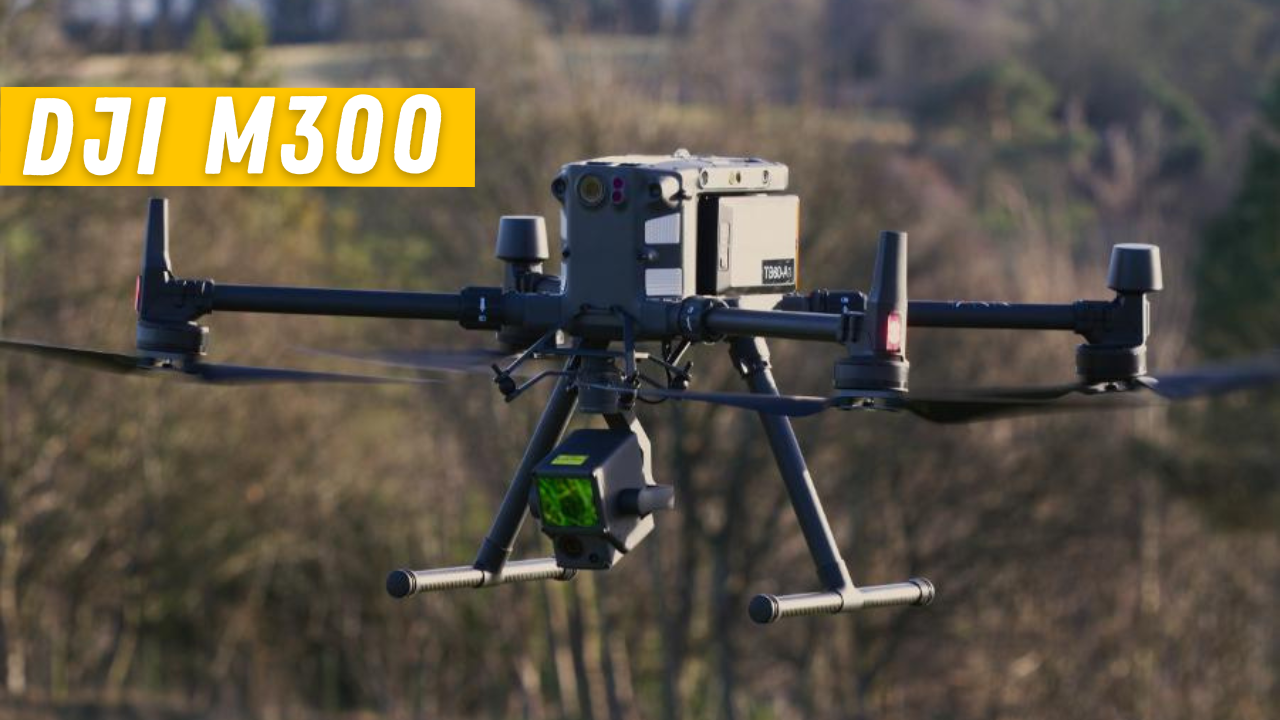Ranking The Best Public Safety Drones
Full In-Depth Comparison of DJI Mavic 3 Enterprise & Thermal vs DJI M30 vs DJI M300.
DJI has launched various models throughout the years, claiming that each model has its purpose for executing missions. The latest launch is the Mavic 3 Enterprise, with thermal camera technology. This model is the successor of its previous Mavic 2EA. There's an updated design to the Mavic 3 Enterprise, which now has a slightly larger footprint when unfolded. However, the new Mavic 3 enterprise does not feature onboard storage like the 24GB on the Mavic 2 enterprise. The M3E series has also gotten onboard with the DJI pilot 2 flight application and the DJI m30 and has integrated with the DJI health management system, allowing for a one-click look at every detail. The M3T series pre-order price comes at $5780. The real question are how does the Mavic 3E&T perform compared to its older brother, and which one is the best suit for public safety? We’ll find out soon.
Before we get to the details and discussion, here’s the specifications of all the three models:
| DJI Mavic 3 Enterprise & Thermal | DJI M30 | DJI M300 | |
|---|---|---|---|
| Dimensions (mm): L x W x H | Unfolded (without propellers): 347.5×283×107.7 mm | Unfolded (propellers excluded): 470 x 585 x 215 Folded: 365 x 215 x 195 |
Unfolded (propellers excluded): 810 x 670 x 430 Folded: 430 x 420 x430 |
| Weight | DJI Mavic 3E: 915g DJI Mavic 3T: 920g |
3.7 kg (including two batteries) | Approx. 6.3 kg (with two TB60 batteries, and single downward gimbal) |
| Max Takeoff Weight | 1,050 g |
4 kg | 9 kg |
| Flight Time | 45 mins | 41 minutes | 55 minutes (no payload); |
| IP Rating | No | IP55 | IP45 |
| Payloads | No | Fixed, multi-sensor payload; Third-party payloads can also be used | Interchangeable payloads, including third-party payloads |
| Operating Temperature | -10° to 40° C | -20°C to 50°C | -20°C to 50°C |
| Max Speed | S mode: 19m/s P mode: 15m/s |
23 m/s | S mode: 23m/s P mode: 17m/s |
| Max Wind Speed Resistance | 12m/s | 15m/s; 12 m/s during taking off and landing |
15m/s: 12 m/s when taking off or landing |
| RTK Positioning Accuracy | When RTK; Fix Horizontal: 1 cm + 1 ppm; Vertical: 1.5 cm + 1 ppm |
When RTK enabled and fixed: Enabled 1cm + 1ppm (horizontal) 1.5cm +1ppm (vertical) |
When RTK enabled and fixed: 1cm + 1ppm (horizontal) 1.5cm + 1ppm (vertical |
| Controller | DJI RC Pro Enterprise | DJI RC Plus: IP54 Rated | DJI Smart Controller Enterprise; No IP rating |
| Maximum Transmission Distance (CE) | 8 Km | 8 Km | 8 Km |
DJI Mavic 3 Enterprise & Thermal
Now that the times are changing, professionals' usage of drones for commercialization has shifted their behavior. They are looking for the main components of portability, efficiency, and features. The new Mavic 3 enterprise takes the commercial drone industry to a new level. Users no longer need to carry a big drone like the M300 to use most of its features and no longer have to pay massive amounts for it. This is hugely good news for public safety, knowing they are primarily restrained in budget. Furthermore, the M3T now has three cameras: wide-angle, tele-zoom, and thermal. All fit in the palm of your hand.
The major problem for the Mavic 3E&T is that it does not have any IP rating, which makes things quite complicated. On the one hand, you have compact and portability, but on the other hand, it is entirely useless when faced with extreme conditions. I do think that small-medium size drones are the future but surely there’s more to explore with the Matrices series.
DJI M30 VS DJI M300
The DJI M30 can be set up in 40 seconds, whereas the M300 took more than 5 minutes due to the parts that need to be assembled before take off. The M30 is capable of taking 16x optical zoom and 200x digital zoom, while the M300 equipped with Zenmuse H20T could zoom 20x optically and 200x digitally. Although they both have 200x zooms, the 20x optical zoom gives the M300 a slight advantage in the image. Moving into the thermal capabilities, the comparison of the two looks the same. It's hard to tell the difference between them just by looking at the result. The range finder on both lenses is excellent but what surprises me is that I find it works more often in the M30 than the M300. Both are also equally impressive in the active tracking system.
Unlike the Mavic 3E&T, both matrices are IP-rated. The M30 is the best-rated out of the three drones with IP55. It means that it could still operate while being in dusty and rainy conditions. This is a huge plus point for the matrices series because you would want to have your gears working in any situation in a public safety case.
In conclusion, I would crown the Mavic 3T as the winner due to its effectiveness and efficiency. You get almost the same features as the Matrices series, and it will save tons of your bucks. The second would be the M30; the last place goes to the M300. Although the Mavic 3E&T does not have any IP rating, the trade-off is just too big (literal) of a gap. Just imagine that the M300T case is double as big as M30T case size, not to mention the charge box itself. Let's not forget that space is a premium price in a firefighting and police car. Then again all comes back to your personal and situational needs.
You might notice from what I've written that I did not mention anything about the battery life for all the drones. The longest flight time from those three models is the M300 which DJI claims reach 55 minutes. Then again, whether it's 30-55 minutes is still not enough, isn't it? Volarious is a tethered drone system company specializing in unlimited flight time systems for drones to execute any aerial monitoring. Our tethered drone systems V-Line Pro have been proven to flew DJI M30 for 24 hours non stop.




